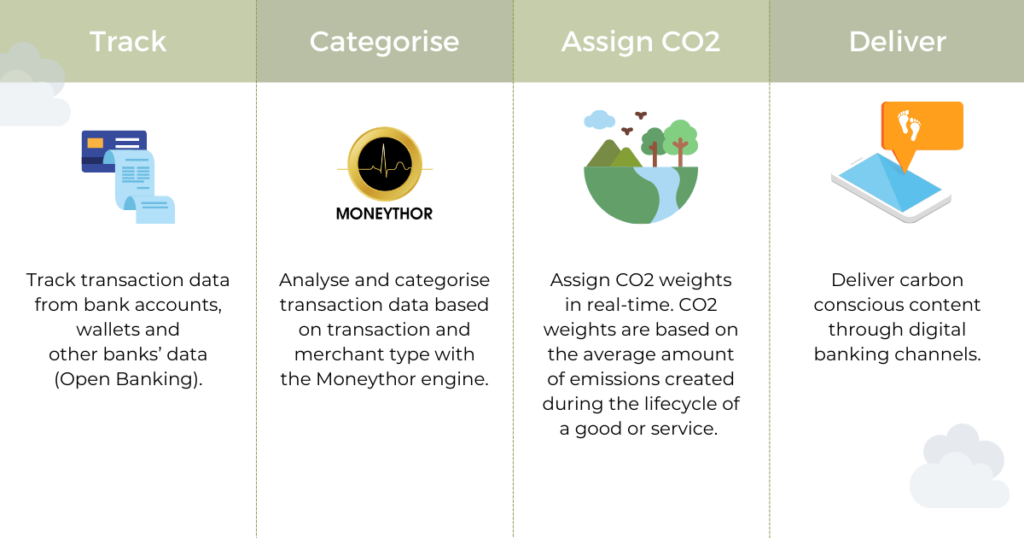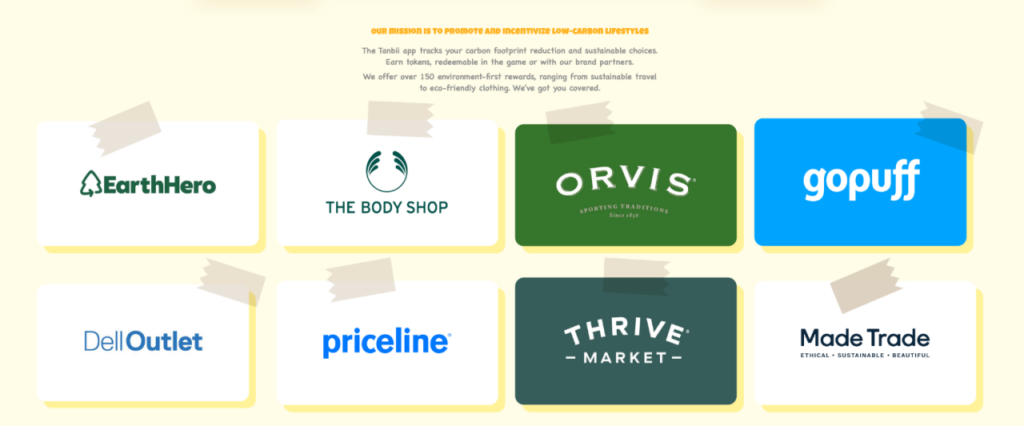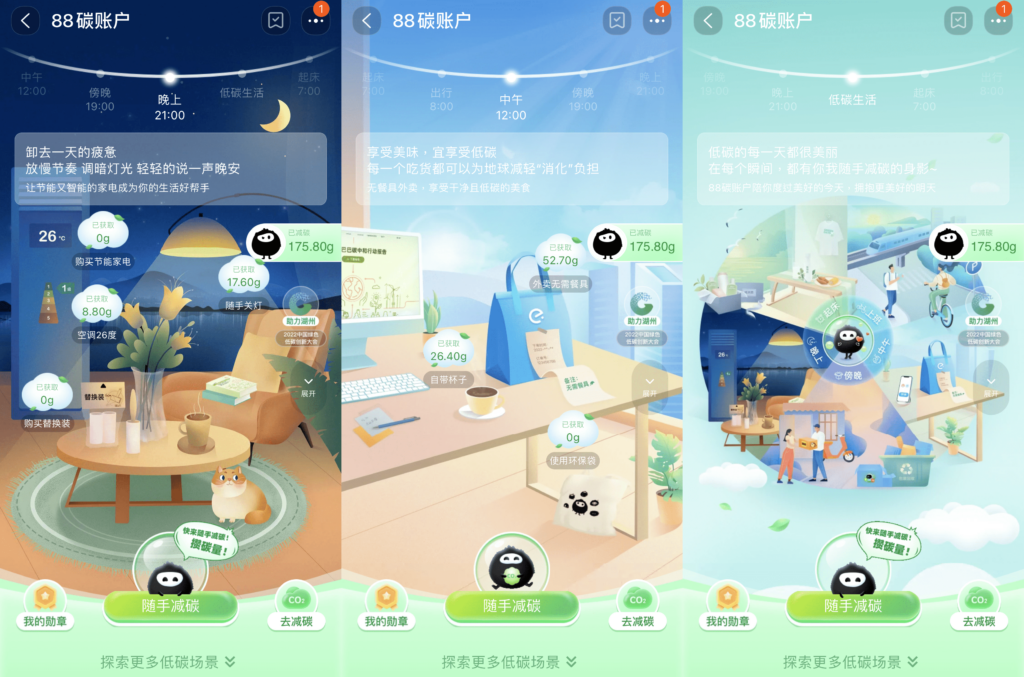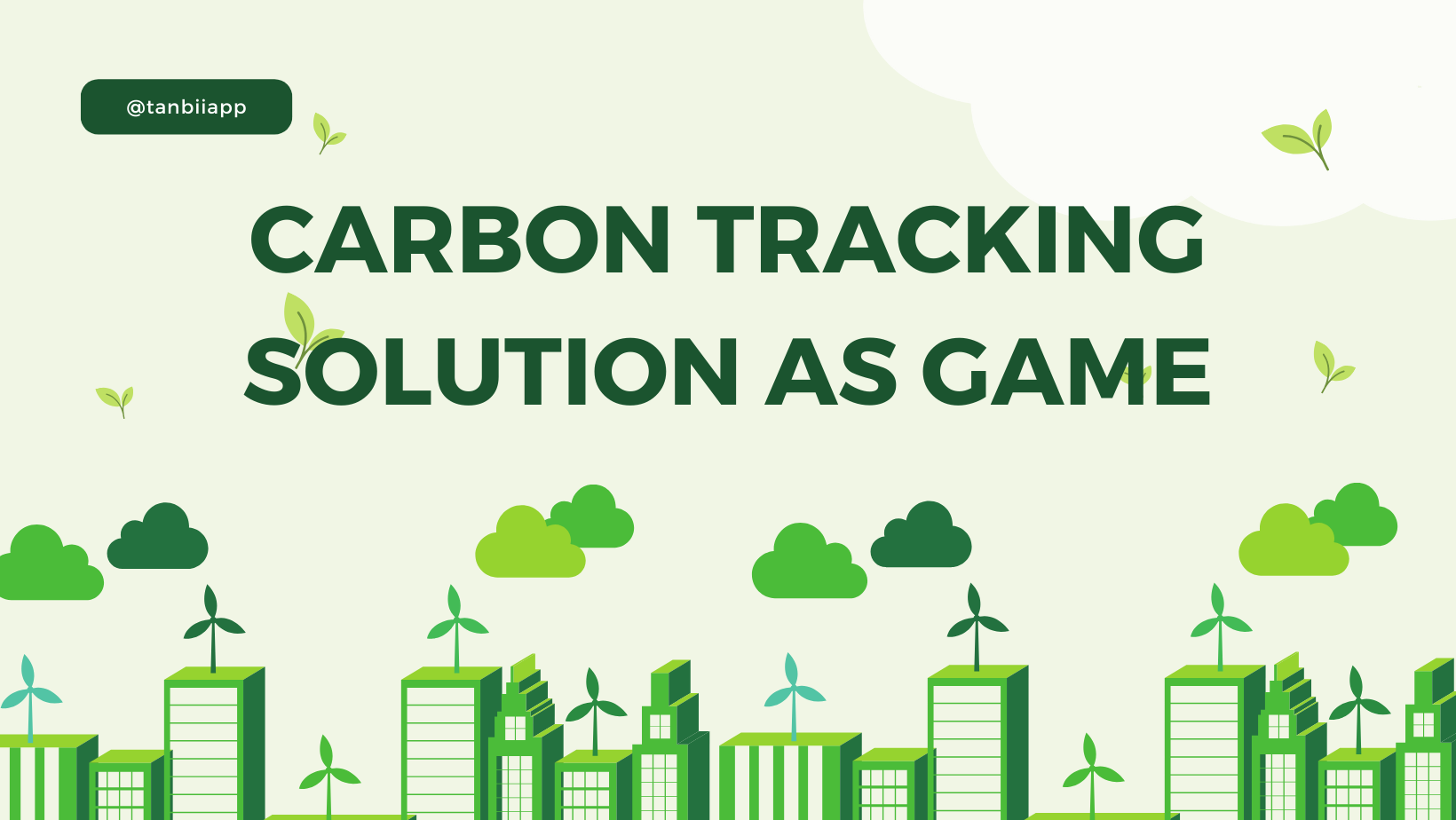Overview of Carbon Tracking Solutions
Carbon tracking solutions have emerged as crucial tools in the fight against climate change. By measuring and monitoring our carbon emissions, these solutions help individuals, corporations, and governments reduce their environmental impact.
Importance of Carbon Footprint Awareness

6 Reasons to Measure your Carbon Footprint
Understanding and reducing our carbon footprint is essential for mitigating climate change. Increased awareness can lead to more sustainable practices, lower emissions, and a healthier planet.
Gamification in Modern Solutions
Incorporating gamification into carbon tracking solutions can make the process engaging and fun. By turning tracking into a game, users are more likely to participate actively and maintain their efforts over time.
Understanding Carbon Tracking
Definition of Carbon Tracking
Carbon tracking involves measuring the amount of carbon dioxide (CO2) emissions produced by various activities. This can include anything from driving a car to running a factory.
Methods of Carbon Tracking
There are several methods to track carbon emissions, such as:
- Direct measurement using sensors
- Estimation based on activity data
- Software tools that calculate emissions based on inputted information
- Game like Tanbii that can help you track of carbon offset from your daily activity

Carbon Footprint Tracking In Digital Banking |Technologies Involved
Technologies used in carbon tracking include IoT devices, AI algorithms, and big data analytics. These tools help gather accurate data and provide insights into emission patterns.
The Need for Carbon Tracking Solutions

Environmental Impact
Carbon emissions contribute significantly to global warming and climate change. Tracking emissions is the first step in reducing them and protecting our environment.
Corporate Responsibility
Companies are increasingly being held accountable for their environmental impact. Carbon tracking helps businesses monitor their emissions and develop strategies to reduce their carbon footprint.
Government Regulations
Many governments have implemented regulations requiring businesses to report and reduce their carbon emissions. Carbon tracking solutions help organizations comply with these laws.
Gamification: A Modern Approach
What is Gamification?
Gamification involves incorporating game-like elements into non-game contexts. This can include points, badges, leaderboards, and challenges to motivate and engage users.
Benefits of Gamification
Gamification can make tasks more enjoyable, increase user engagement, and drive better outcomes. It leverages human psychology to encourage participation and sustained effort.
Examples of Gamification in Other Fields
Gamification is used in various fields such as education, fitness, and marketing. Examples include fitness apps that reward users for reaching exercise goals and educational platforms that use points and badges to motivate learning.
Carbon Tracking Solutions as a Game

Understanding Tanbii
Tanbii is a platform dedicated to promoting environmental sustainability through gamification. By leveraging the power of gaming, Tanbii aims to engage users in meaningful activities that contribute to a cleaner and greener planet. With its user-friendly interface and interactive features, Tanbii offers a unique opportunity for individuals to participate actively in the fight against climate change.
Concept and Design
A carbon tracking game transforms the tracking process into an interactive experience. Users can earn points, complete challenges, and compete with others while tracking their carbon emissions.
Key Features of a Carbon Tracking Game
- Interactive Dashboard: Displays carbon footprint data and progress.
- Challenges and Goals: Encourages users to reduce emissions.
- Rewards and Incentives: Provides motivation through points, badges, and prizes.
User Engagement Strategies
To keep users engaged, the game can include social features such as sharing achievements, competing with friends, and participating in community challenges.
Popular Carbon Tracking Games
Overview of Existing Games
There are several carbon tracking games available today. These games range from simple apps to comprehensive platforms that integrate with various devices and services.
Success Stories
Some carbon tracking games have gained significant traction and success. For example, apps like “JouleBug” and “Oroeco” have received positive feedback for their engaging and educational approach.
User Reviews and Feedback
User reviews often highlight the fun and motivating aspects of these games. Feedback indicates that gamification makes carbon tracking more appealing and accessible.
Developing a Carbon Tracking Game
Steps to Create a Carbon Tracking Game
- Conceptualize the Game: Define the goals, target audience, and core mechanics.
- Design the User Experience: Create an engaging and intuitive interface.
- Develop the Backend: Implement the technology to track and analyze carbon emissions.
- Test and Refine: Conduct user testing to gather feedback and improve the game.
Required Resources and Technologies
Developing a carbon tracking game requires a multidisciplinary team including developers, designers, and environmental experts. Technologies like IoT sensors, mobile apps, and cloud computing are essential.
Challenges in Development
Challenges include ensuring accurate emission tracking, maintaining user engagement, and integrating with existing systems. Overcoming these hurdles is crucial for the game’s success.
Implementing Gamification in Carbon Tracking

Incentives and Rewards
Providing incentives such as discounts, donations to environmental causes, or exclusive content can motivate users to participate and stay engaged.
Social Sharing and Community Building
Encouraging users to share their progress on social media and participate in community challenges fosters a sense of community and competition, enhancing engagement.
Continuous Improvement and Updates
Regular updates with new challenges, features, and content keep the game fresh and exciting, ensuring long-term user retention.
Impact on Behavior and Awareness
Behavioral Changes in Users
Gamification can lead to significant behavioral changes, encouraging users to adopt more sustainable practices and reduce their carbon footprint.
Increased Awareness and Education
By playing the game, users learn about the sources and impacts of carbon emissions, leading to greater awareness and understanding of environmental issues.
Long-term Environmental Benefits
Sustained engagement in carbon tracking games can result in long-term reductions in emissions and a positive impact on the environment.
Case Studies

Alibaba Launches Carbon Ledger to Drive Eco-friendly Consumer Behavior
Successful Implementation in Companies
Some companies have successfully implemented gamified carbon tracking solutions to engage employees and reduce corporate emissions. Examples include internal competitions and reward systems.
Community-Based Projects
Community projects that use gamification to promote sustainability have seen increased participation and positive outcomes. Local challenges and events are particularly effective.
Educational Institutions
Schools and universities use gamified carbon tracking to educate students about climate change and encourage sustainable behavior. These initiatives often include classroom activities and campus-wide challenges.
Future of Carbon Tracking Games
Trends and Innovations
Future trends include integrating carbon tracking with smart home devices, expanding social features, and using AI to provide personalized insights and recommendations.
Integration with Smart Technologies
Smart technologies like home assistants and IoT devices can automatically track emissions and provide real-time feedback, making carbon tracking even more seamless and engaging.
Potential Market Growth
As awareness of climate change grows, the demand for engaging and effective carbon tracking solutions is expected to rise, leading to significant market growth and innovation.
Conclusion
Carbon tracking solutions are essential tools in the fight against climate change. By incorporating gamification, these solutions become more engaging and effective, encouraging users to track and reduce their carbon emissions. The future of carbon tracking games looks promising, with new technologies and innovations set to enhance their impact even further.
Join the Tanbii Community
Interested in learning more about reducing your carbon footprint and fight the climate change? Join the Tanbii Community and Download Tanbii App now! Together, let’s make sustainable choices for a better future
FAQs
What is carbon tracking?
Carbon tracking involves measuring and monitoring the carbon dioxide emissions produced by various activities to understand and reduce one’s carbon footprint.
How does gamification help in carbon tracking?
Gamification makes carbon tracking engaging and fun by incorporating game-like elements such as points, rewards, and challenges, motivating users to participate and stay committed.
Are there any successful examples of carbon tracking games?
Yes, apps like “JouleBug” and “Oroeco” have successfully used gamification to engage users in tracking and reducing their carbon footprint.
What are the challenges in creating a carbon tracking game?
Challenges include ensuring accurate emission tracking, maintaining user engagement, and integrating with existing systems and technologies.
How can I start tracking my carbon footprint?
You can start by using carbon tracking apps, joining community challenges, and making small lifestyle changes to reduce your emissions. Many apps offer easy-to-use interfaces and gamified experiences to help you get started.



